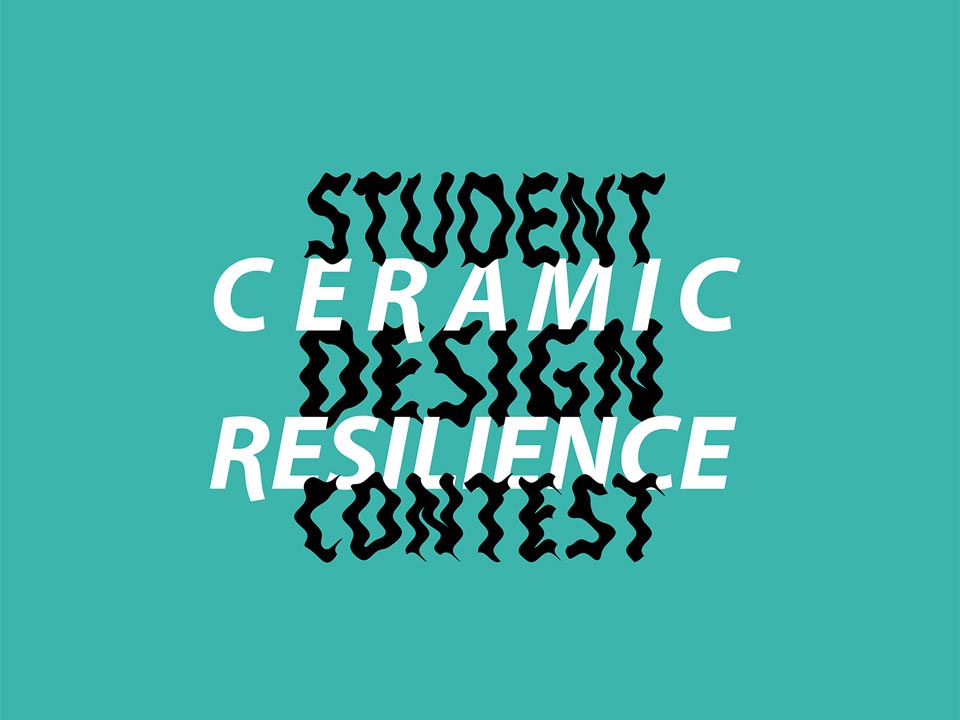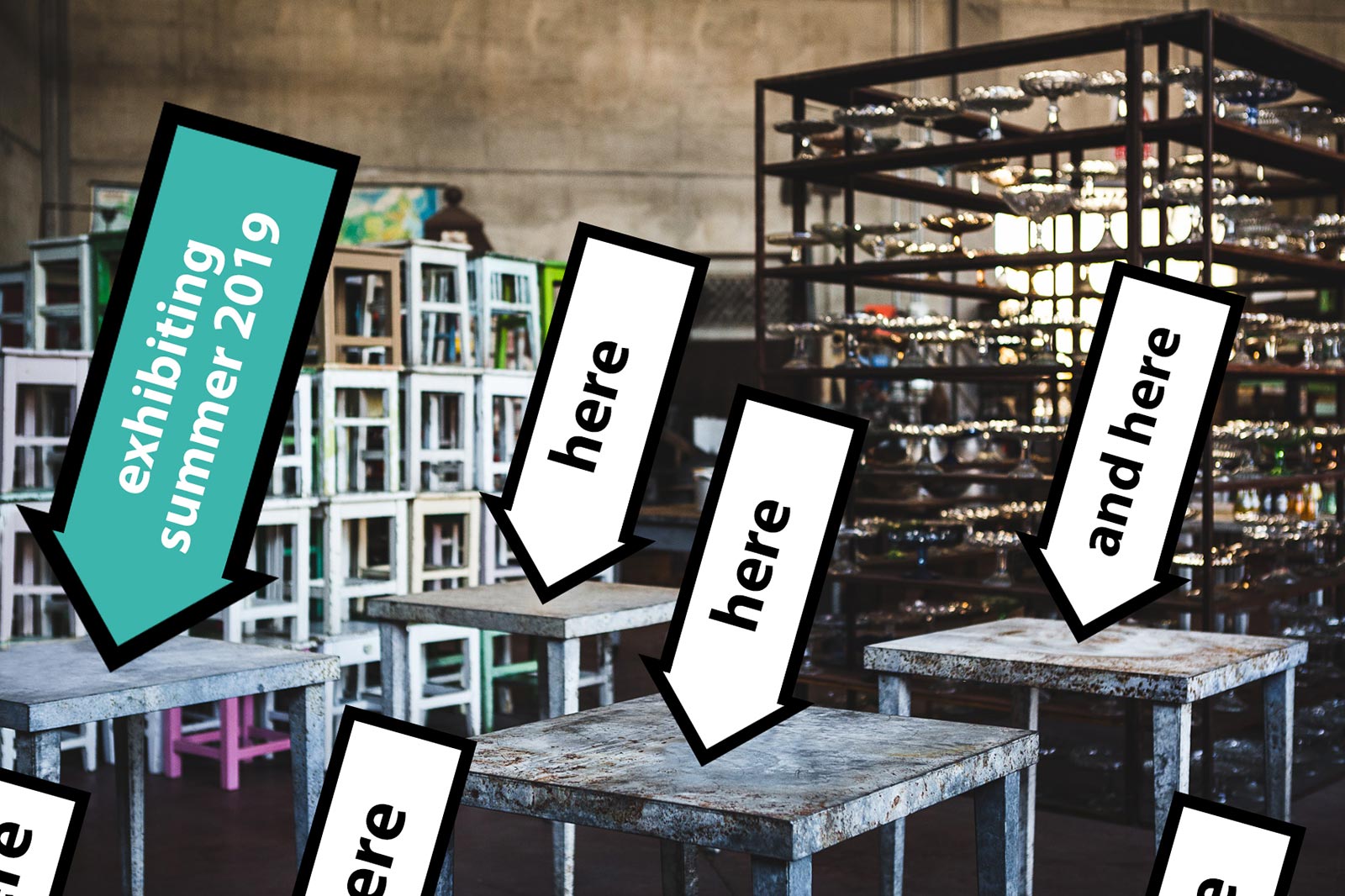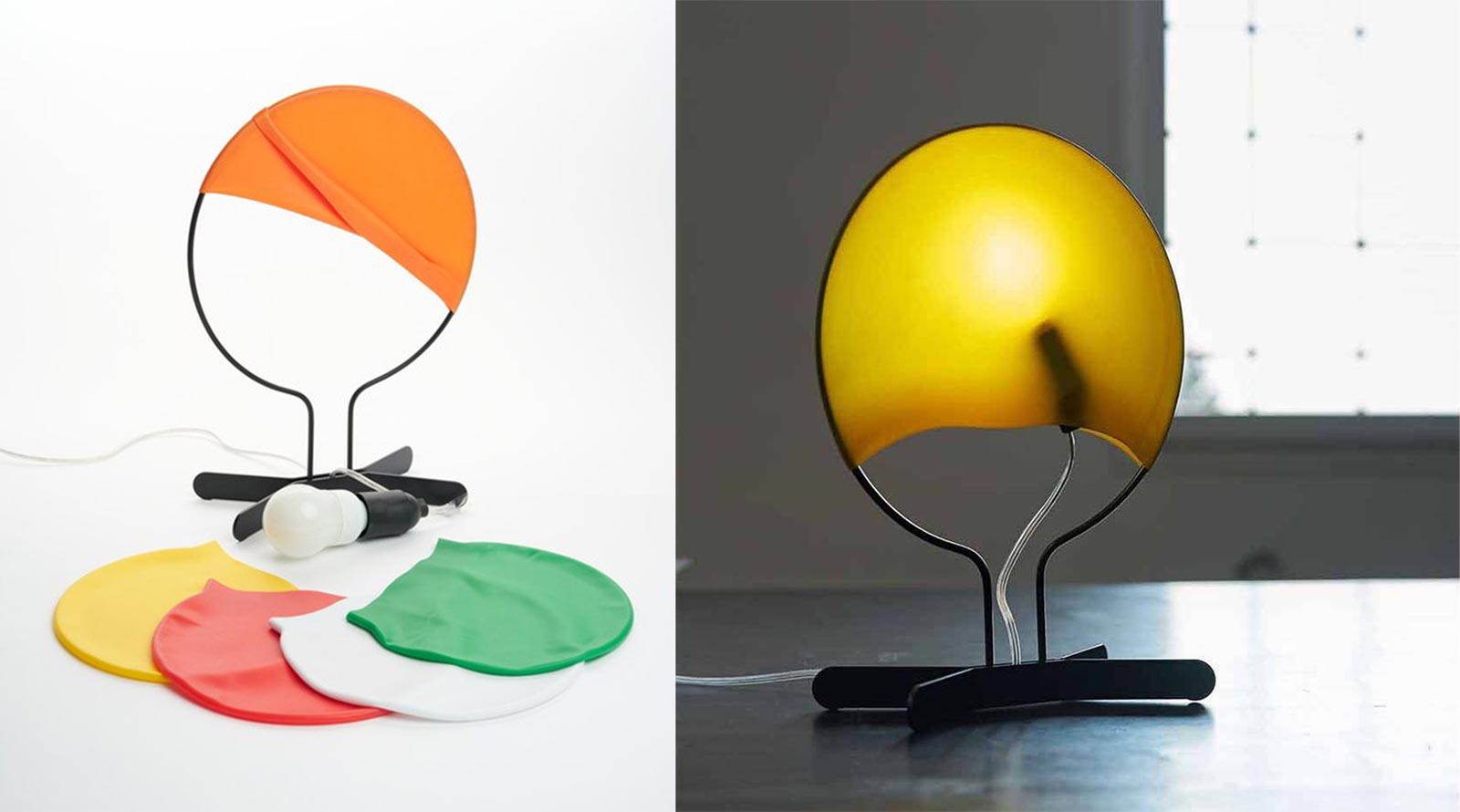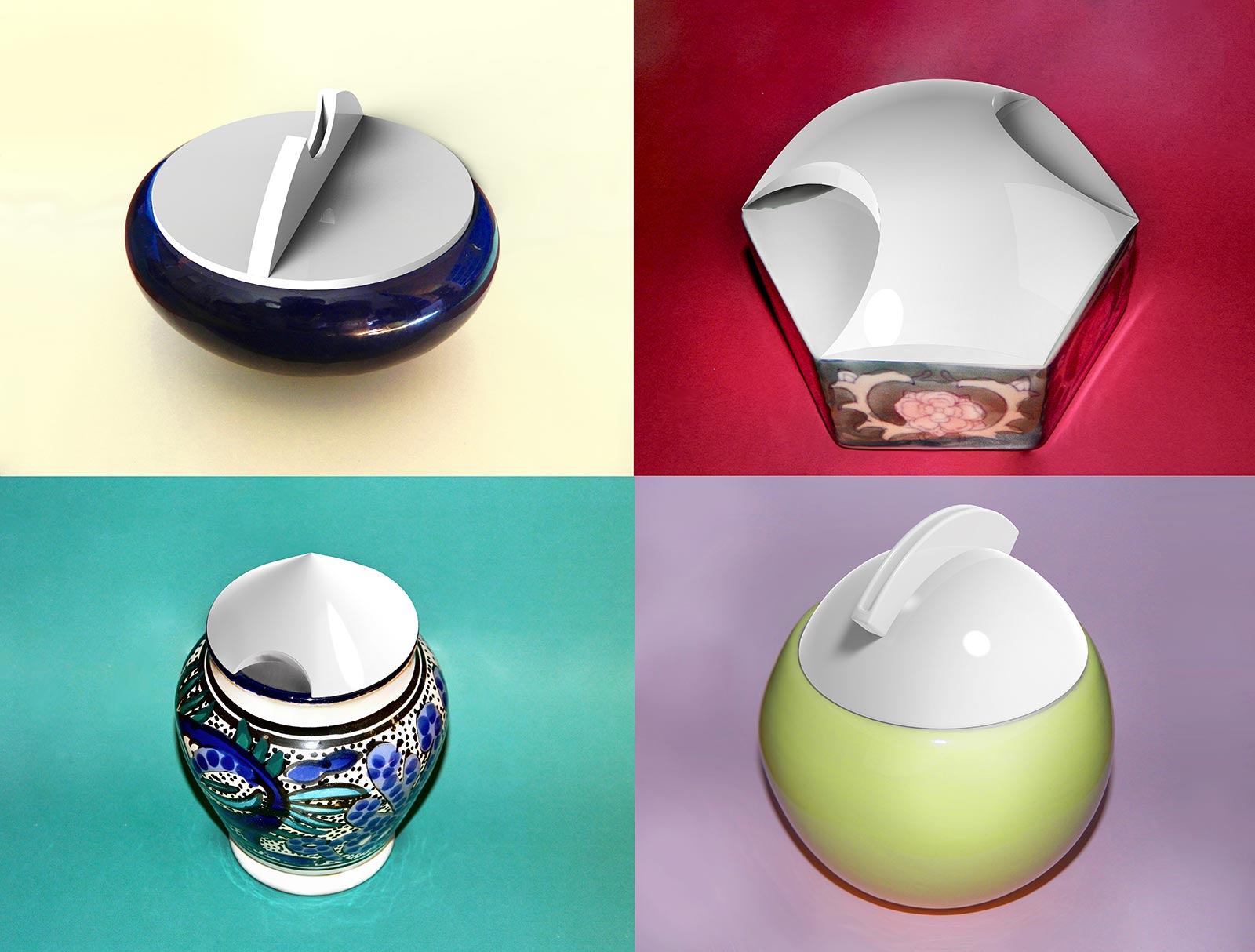
Ceramic Resilience

CERAMIC RESILIENCE
Our first time sponsoring a student design contest.
We are thrilled to announce that we are going to sponsor a design contest for the students of the University of Ferrara. It’s our first time doing this kind of activity and we thought it would be best to start out small, but our hope is to promote more contests of this kind in the future and to open the participation to a much broader audience.
In short: the contest, called Ceramic Resilience, asks the students to think of new design objects (with whatever function) made by combining a found part/material/object with one that is custom designed and made in ceramic through slip casting. The deadline is April 16th and the winner will be announced on this website on May 2nd.
During the summer we will host an exhibit of the shortlisted projects inside the All’Origine showroom in Imola, with a prototype of each one!


Now, if you are wondering why we decided to sponsor this contest here is some insight:
As you know our company adheres-to and promotes the model of so called circular economy. But we thought it is our duty not only to promote the up-cycling of used products, as we do every day, but also to try and give a small contribution to the debate on what could be done for all those other products that can’t be substituted by a “European mid-century original” and have to be manufactured “ex novo”, using less resources, aiming to last longer, thought to be smarter.
So the focus of the contest is the pursuit of resilience in contemporary design. What can make a new product less likely to be discarded by its users while still functioning? A fundamental input has come from the study on product design resilience by professor Haug who wrote:
<<In recent decades, a widely discussed means of achieving environmental sustainability is to design more durable products, thereby reducing the need for the production of new products. In particular, the emotional perspective on product durability has received attention in recent design literature, since consumer products are often replaced long before they become physically non-functioning. The literature includes many accounts of causes of product replacement and means of making products more durable. Such classifications, however, include different sets of causes and means,
making ‘product durability’ a concept that involves different understandings, depending on the underlying literature. Furthermore, this paper argues that only using the term ‘durability’ may cause certain aspects to be neglected in the effort to make consumer products longer lasting. The paper addresses these issues by defining the concept of ‘resilient design’, providing a detailed classification of causes of product replacement and organizing means to extend product longevity.>> Prof. Anders Haug, University of Southern Denmark
You can read an extract of prof. Haug’s academic paper here. According to his analysis ceramic should be considered a material with high potential for its characteristic of maintaining an as-good-as-new condition for an extremely long period. However ceramic artifacts are generally week when it comes to the possibility of personalizing them prior to purchase, expanding, repairing, reconfiguring. All aspects that according to the study enable a stronger emotional bond between consumer and product and therefore an increasingly delayed tendency to discard the object before it becomes non functional. Incorporating a ready-made part should be done by the students who participate in this competition with the goal of bringing to the final product all the characteristics that ceramic by its self would not have, possibly with a mutual benefit that may extend the longevity of the found part/object/material.
Needless to say we are extremely curious to see what these students will come up with. The winning project will be announced on May 2nd inside a new article on the All’Origine website.
And now, a few notable examples of design objects that pursue resilience through the use of a found part. Perhaps they will be of inspiration for the students of Ferrara!

Paolo Ulian’s Palombella lamp utilizes standard swimming caps as a lamp shade.

Jorre Van Ast’s Clamp-a-leg table turns any planar board into a table top.

Valeria Tasson’s 2017 Coinbanks are a set of ceramic lids with slots that can turn any ceramic container that has lost its lid into a coin box.




